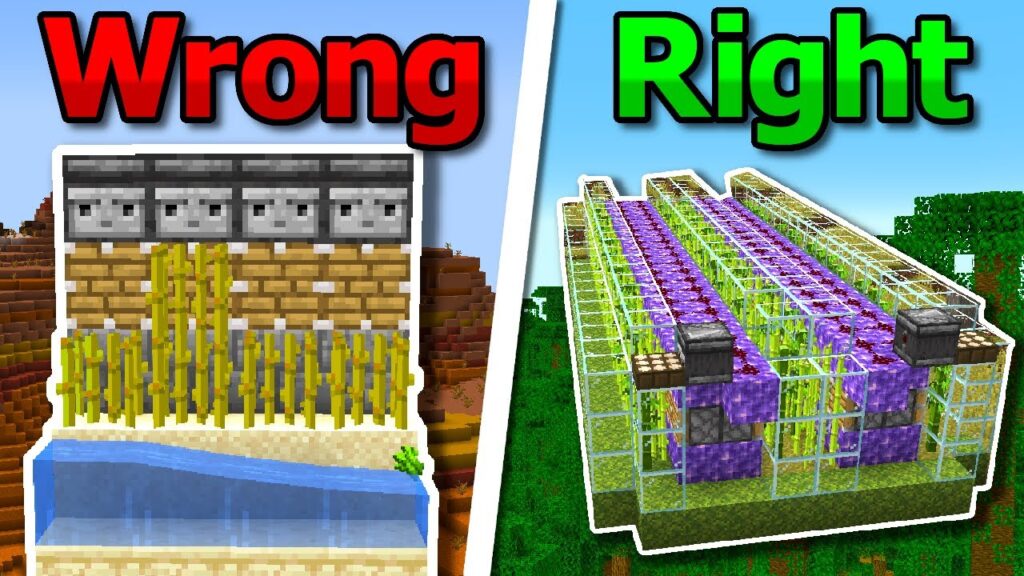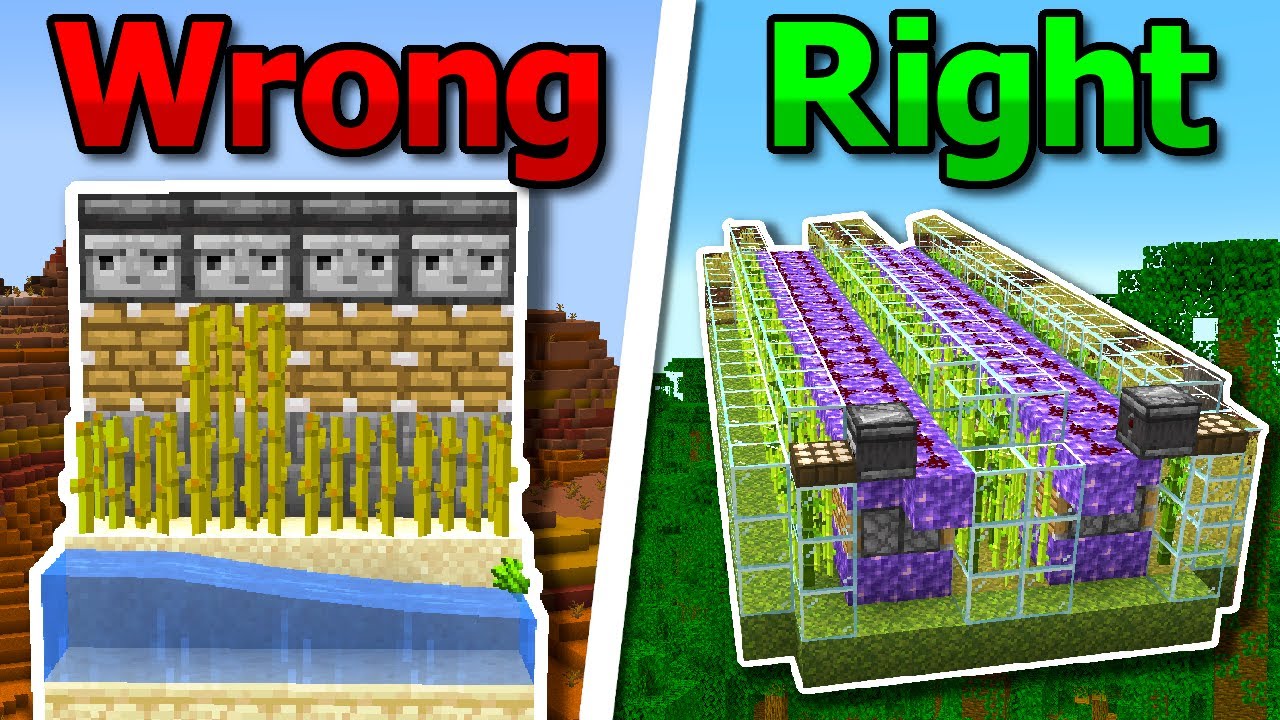
Why Isn’t My Sugarcane Growing? Troubleshooting Common Sugarcane Growth Problems
Sugarcane, a vital crop for sugar production and various other applications, can sometimes present frustrating challenges for growers. If you’re asking, “Why isn’t my sugarcane growing?”, you’re not alone. Several factors can hinder its growth, ranging from environmental conditions to pest infestations. This article delves into the common reasons behind stunted sugarcane growth and provides practical solutions to help you achieve a bountiful harvest.
Understanding Sugarcane Growth Requirements
Before troubleshooting, it’s crucial to understand the optimal conditions for sugarcane growth. Sugarcane thrives in warm, humid climates with plenty of sunlight and well-drained soil. Understanding these basic needs is the first step in diagnosing why your sugarcane might not be growing as expected.
Optimal Climate Conditions
Sugarcane prefers temperatures between 20°C and 35°C (68°F and 95°F). Frost can severely damage or kill the plant. Sufficient rainfall, ideally 1500-2500 mm annually, is also essential. If you live in an area with cooler temperatures or insufficient rainfall, you may need to take extra steps to protect and nurture your sugarcane.
Soil Requirements
Well-drained soil is critical. Sugarcane doesn’t tolerate waterlogged conditions. The ideal soil pH is between 6.0 and 7.5. Conduct a soil test to determine if your soil meets these requirements. If the soil is too acidic or alkaline, you can amend it with lime or sulfur, respectively. [See also: Soil Testing for Optimal Plant Growth]
Sunlight Needs
Sugarcane requires at least 6-8 hours of direct sunlight per day. Insufficient sunlight can lead to slow growth and reduced sugar content. Ensure your sugarcane is planted in a location that receives ample sunlight throughout the day.
Common Reasons for Stunted Sugarcane Growth
Now that we understand the ideal conditions, let’s explore the common reasons why your sugarcane might not be growing. Addressing these issues proactively can significantly improve your crop’s yield.
Improper Planting Techniques
The way you plant sugarcane significantly impacts its growth. Here are some common mistakes:
- Planting too deep: Planting too deep can prevent the shoots from emerging.
- Incorrect spacing: Insufficient spacing can lead to competition for resources, while excessive spacing wastes valuable land.
- Using unhealthy seed cane: Diseased or damaged seed cane will result in poor growth.
Always use healthy, disease-free seed cane and plant it at the correct depth and spacing, according to the variety and local recommendations. Proper planting is paramount for successful sugarcane cultivation.
Nutrient Deficiencies
Sugarcane requires a balanced supply of essential nutrients for optimal growth. Deficiencies in nitrogen, phosphorus, and potassium (NPK) are common culprits. Here’s how nutrient deficiencies can manifest:
- Nitrogen deficiency: Yellowing of leaves, stunted growth.
- Phosphorus deficiency: Poor root development, reduced tillering.
- Potassium deficiency: Scorching of leaf margins, weak stalks.
Regular soil testing and appropriate fertilization are crucial for preventing nutrient deficiencies. Use a balanced fertilizer specifically formulated for sugarcane, following the manufacturer’s instructions. [See also: Understanding Fertilizer Labels]
Watering Issues
Both under-watering and over-watering can negatively impact sugarcane growth.
- Under-watering: Leads to drought stress, wilting, and reduced growth.
- Over-watering: Can cause root rot and nutrient leaching.
Maintain consistent soil moisture, especially during the early stages of growth. Ensure the soil is well-drained to prevent waterlogging. Implement an irrigation system if rainfall is insufficient. Monitoring soil moisture levels is key to healthy sugarcane growth.
Pest and Disease Problems
Several pests and diseases can attack sugarcane, hindering its growth and reducing yields. Common pests include:
- Sugarcane borers: Larvae bore into the stalks, weakening the plant.
- Aphids: Suck sap from the leaves, causing stunted growth.
- White grubs: Feed on the roots, damaging the plant’s ability to absorb nutrients.
Common diseases include:
- Red rot: Causes reddish lesions on the stalks, leading to yield loss.
- Smut: Produces black, whip-like structures on the plant.
- Leaf scald: Causes white stripes on the leaves, eventually leading to necrosis.
Regularly inspect your sugarcane for signs of pests and diseases. Implement integrated pest management (IPM) strategies, including biological control, cultural practices, and targeted pesticide applications. Early detection and prompt action are essential for controlling pests and diseases.
Weed Competition
Weeds compete with sugarcane for water, nutrients, and sunlight, significantly hindering its growth. Effective weed control is crucial for maximizing yields. Methods include:
- Manual weeding: Physically removing weeds from the field.
- Herbicides: Applying chemicals to kill weeds.
- Mulching: Covering the soil with organic matter to suppress weed growth.
Choose the most appropriate weed control method based on the type of weeds present and the size of your sugarcane field. Maintaining a weed-free environment is vital for healthy sugarcane growth.
Soil Compaction
Compacted soil restricts root growth, reduces water infiltration, and limits nutrient availability. This can significantly hinder sugarcane development. To alleviate soil compaction:
- Avoid heavy machinery: Minimize the use of heavy equipment on the field, especially when the soil is wet.
- Add organic matter: Incorporate compost, manure, or other organic materials to improve soil structure.
- Till the soil: Use a tiller or other equipment to break up compacted layers.
Improving soil structure will promote better root growth and overall plant health. Addressing soil compaction issues is a key step in ensuring healthy sugarcane growth.
Salinity Issues
High salt levels in the soil can inhibit sugarcane growth by interfering with water uptake. Salinity is a common problem in arid and semi-arid regions. To manage salinity:
- Improve drainage: Ensure proper drainage to leach salts from the soil.
- Irrigate with high-quality water: Avoid using saline water for irrigation.
- Plant salt-tolerant varieties: Choose sugarcane varieties that are more tolerant of saline conditions.
Monitoring soil salinity levels and implementing appropriate management practices are crucial for growing sugarcane in saline-prone areas.
Troubleshooting Checklist: Why Isn’t My Sugarcane Growing?
Here’s a quick checklist to help you diagnose why your sugarcane isn’t growing:
- Check soil pH: Ensure it’s between 6.0 and 7.5.
- Assess nutrient levels: Conduct a soil test and fertilize accordingly.
- Evaluate watering practices: Maintain consistent soil moisture without over-watering.
- Inspect for pests and diseases: Implement IPM strategies.
- Control weeds: Remove weeds regularly.
- Address soil compaction: Improve soil structure.
- Manage salinity: Leach salts from the soil.
- Ensure adequate sunlight: Provide at least 6-8 hours of direct sunlight per day.
Conclusion
Troubleshooting sugarcane growth problems requires a systematic approach. By understanding the plant’s needs and addressing the common issues outlined in this article, you can significantly improve your chances of a successful harvest. Remember to monitor your sugarcane regularly and take prompt action to address any problems that arise. With careful management and attention to detail, you can overcome the challenges and enjoy a bountiful sugarcane crop. If you’ve asked, “Why isn’t my sugarcane growing?”, hopefully this article has provided some answers and actionable steps. Continuous learning and adaptation are key to successful sugarcane cultivation. [See also: Best Practices for Sugarcane Farming]

